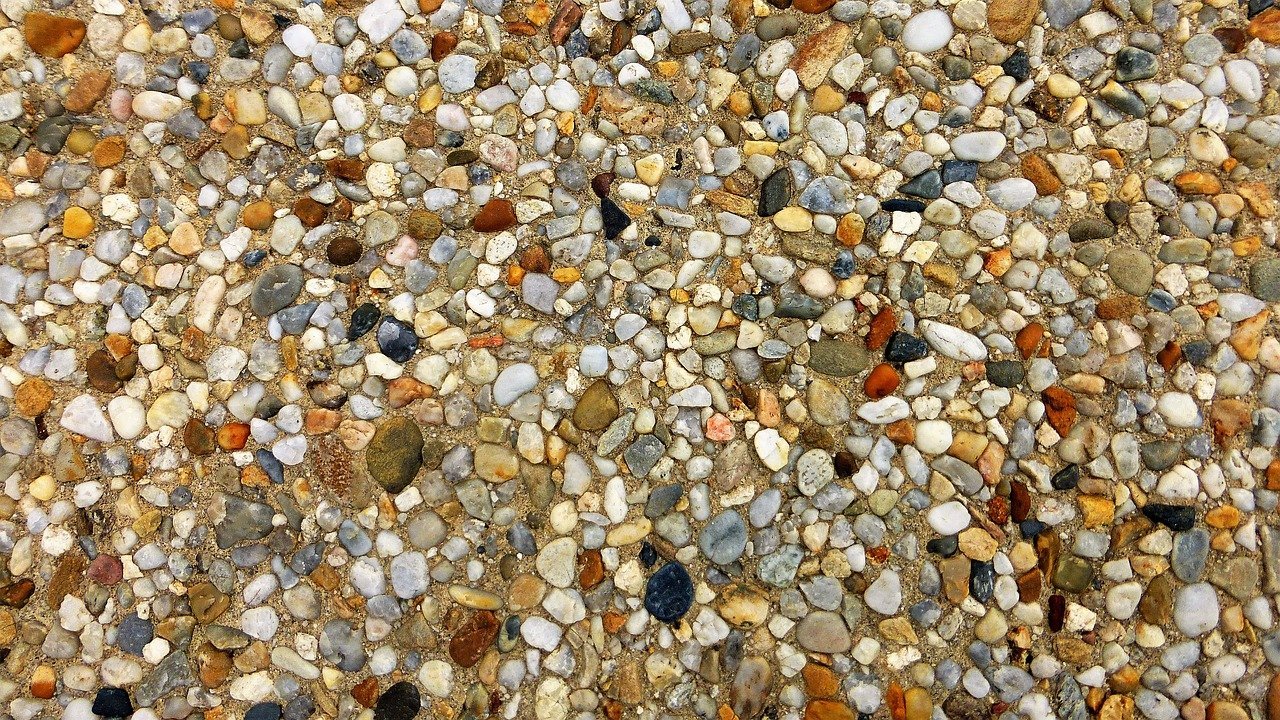What is Aggregate?
Aggregate, is a broad category of coarse- to medium-grained particulate material used in construction, including sand, gravel, crushed stone, slag, recycled concrete and geosynthetic aggregates. The aggregate serves as reinforcement to add strength to the overall composite material. Due to the relatively high hydraulic conductivity value as compared to most soils.

Why Use Aggregates in Concrete?
- Aggregates make up some 60 -80% of the concrete mix. They provide compressive strength and bulk to concrete.
- Aggregates in any particular mix of concrete are selected for their durability, strength, workability and ability to receive finishes.
- It reduces cost of the concrete as its price is less than cement.
- It binds with concrete and asphalt easily.
- Aggregates reduces shrinkage in concrete
- It helps to maintain weight of the concrete
- Larger aggregate diameters reduce the quantity of cement and water needed.

Aggregate Classification: –
Size
- Fine aggregates-
-
- Sand and crush sand comes under Fine aggregates
- size is less than 4.75mm
- It contain 35% – 45% by mass or by volume
-
- Coarse Aggregates:-
-
- Gravel and crushed stone are Coarse aggregates.
- Size is more than 4.75mm
- It’s size generally varies between 9.5mm to 40mm
-

Specific Gravity
- Normal Weight Aggregates: –
-
- It is most common aggregates
- Sand, Gravel, Crushed Stone is example of it
- Weight is generally between 2200-2400 Kg/Cum
-
- Lightweight Aggregates: –
-
- Shale, Clay, Slate, Slag are examples of lightweight concrete
- Weight varies between 1350-1850 Kg/Cum
-
- Heavyweight Aggregates: –
-
- Barite, Limonite, Magnetite, Iron are some examples of Heavyweight aggregates.
- It helps to produce High Density Concrete which will weight up to 6400 Kg/Cum.
- Used for radiation resistance.
-
Availability
- Natural Gravel: –
-
- Ricer sand, Sea Gravel, Sea sand, Desert gravel and desert sand is some examples of natural gravel.
- These are round in nature
-
- Crushed aggregates: –
-
- Crushed sand and crushed stones are not natural Gravels
- Angular and rough in nature.
-
Shape
- Rounded: – Round in shapes. River sand and Sea stones are examples of it
- Irregular or Partly rounded: – Pit sand is example of it
- Angular: -Crush sand and rocks
- Flaky: –Laminated rocks

Texture
- Glassy: – Black Flint
- Smooth: – Slate, Marble
- Granular: – Sandstone
- Crystalline: – Basalt, Gabbro
- Porous: -Pumice, Trass